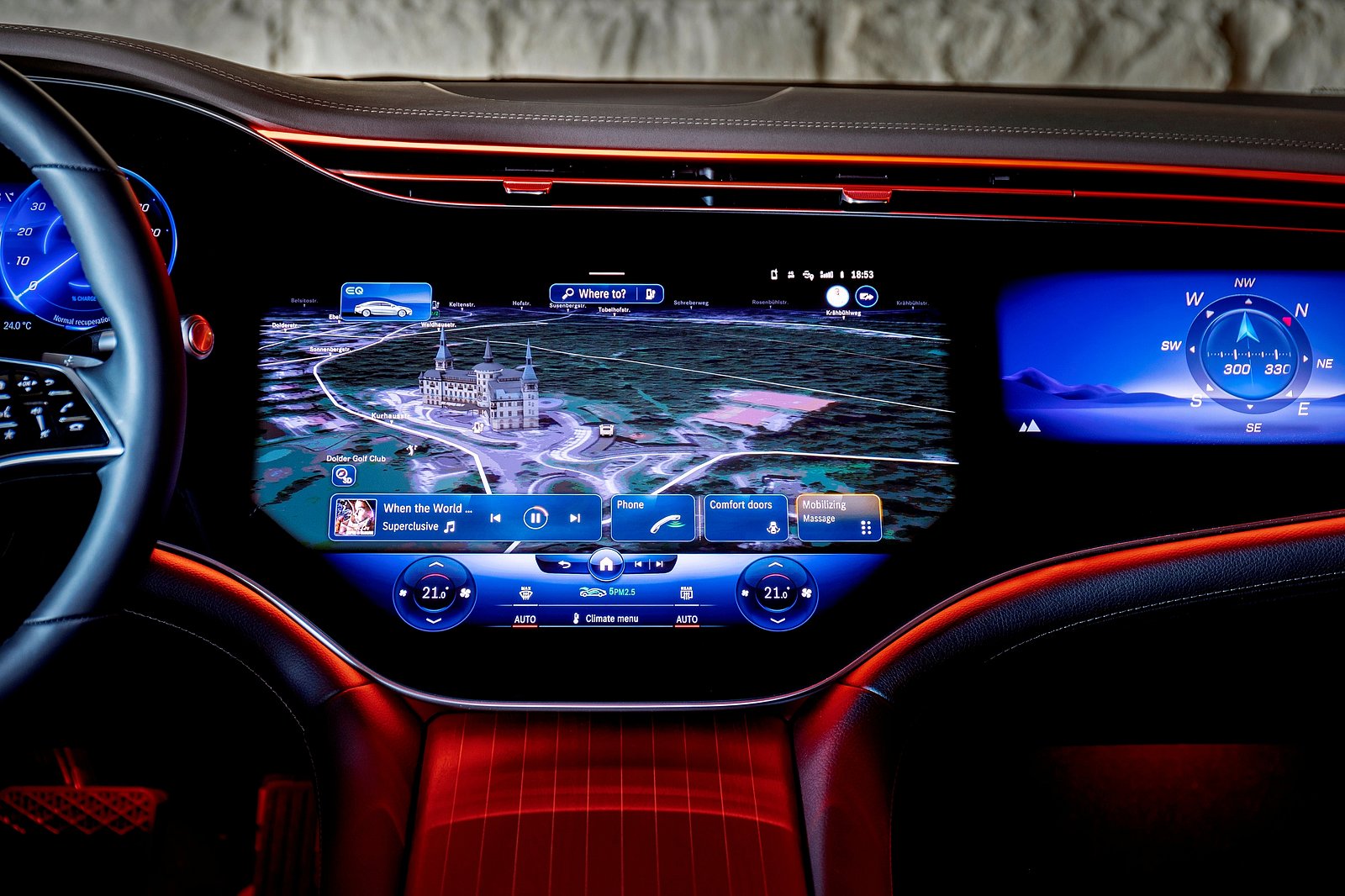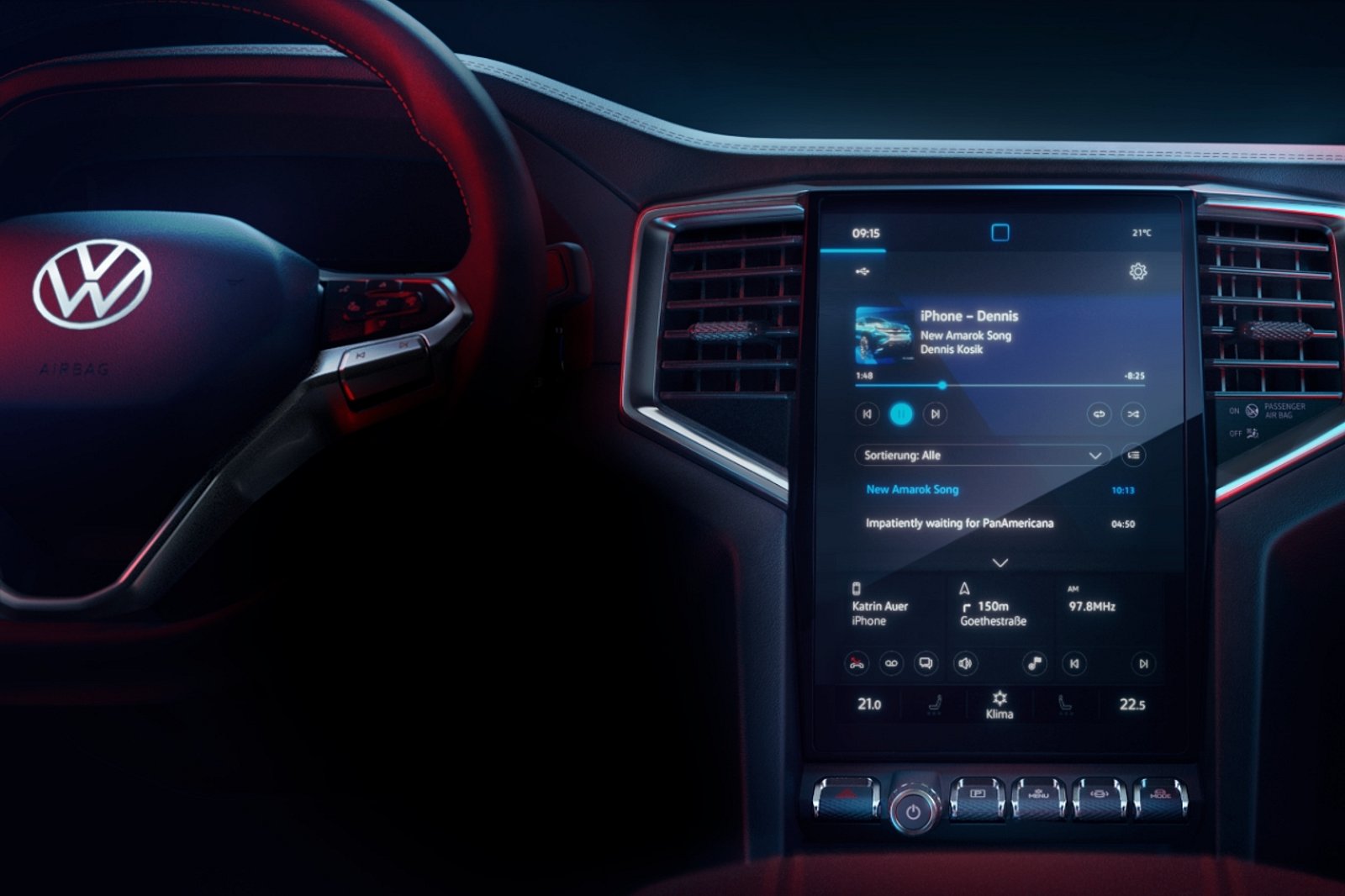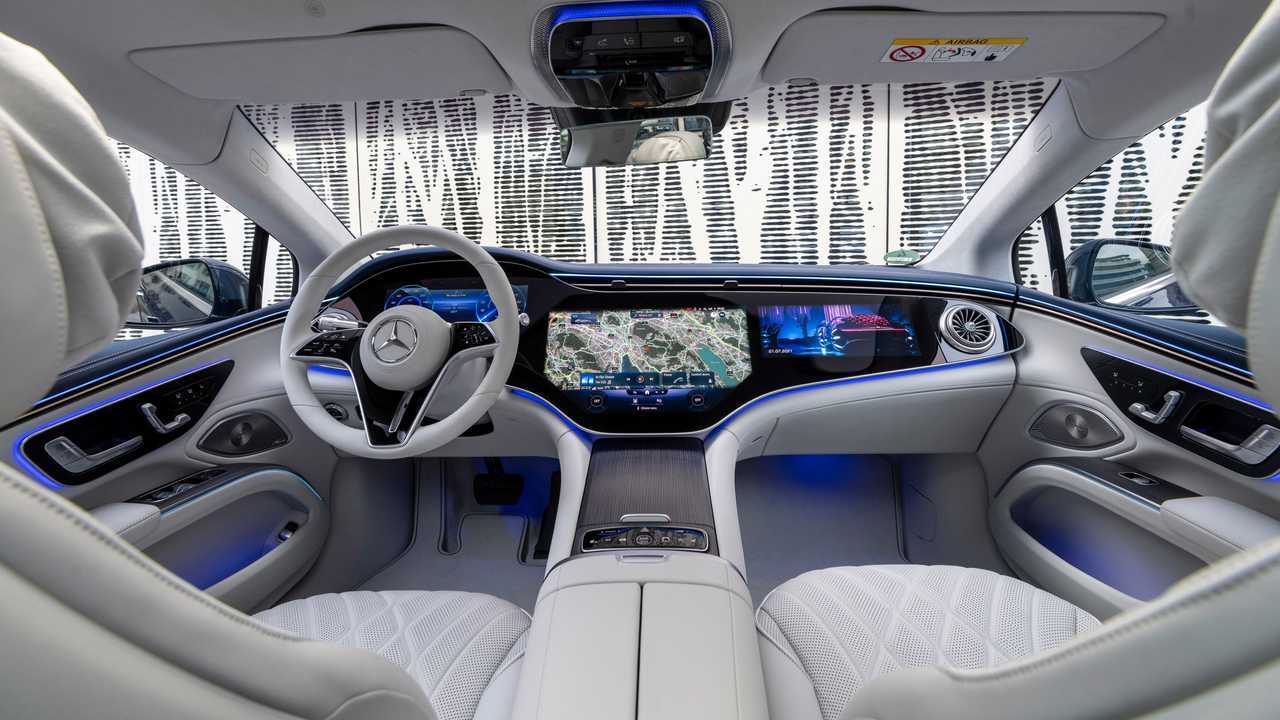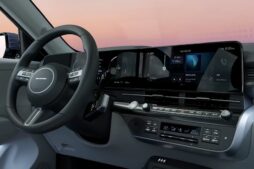Switches and Buttons: Mandatory for Crucial Tasks by 2026
Euro NCAP, also known as the European New Car Assessment Programme, has recently made a decision to lower safety ratings for newly released cars that lack physical buttons, stalks, or dials for crucial functions. These essential elements include turn signal indicators, hazard lights, windshield wipers, the horn, and emergency SOS calls. Essentially, any features related to safety in a motorized vehicle must be controlled by physical switches in order to meet safety standards.
According to Euro NCAP director of strategic development Matthew Avery, the excessive use of touchscreens is a widespread issue within the industry. Almost all car manufacturers have shifted important controls onto central touchscreens, which forces drivers to divert their attention away from the road. As a result, the risk of distraction-related accidents increases significantly.Avery further stated that the upcoming Euro NCAP tests, set to be implemented in 2026, will urge manufacturers to incorporate separate, physical controls for basic functions in a more user-friendly manner. This will limit the amount of time drivers spend with their eyes off the road and ultimately promote safer driving practices.

The Mercedes Hyperscreen has earned a reputation as one of the most extreme culprits in the realm of oversized displays and is predicted to continue to escalate, but though its expansive dimensions may prove distracting, the inclusion of a hazard lights button within this interface is not a contributing factor. This separate button is conveniently placed on the center console, while the use of stalks remains the proper method for activating turn signals. Meanwhile, the SOS button can be found on the roof. As outlined earlier, this demonstrates that the Mercedes EQS adheres to the new regulations in its fundamental design, despite the presence of its massive screen.
The updated Tesla Model 3, on the other hand, does not feature column stalks; instead, turning signals can be activated using touch-sensitive buttons located on the steering wheel. It could be a matter of debate whether or not haptic buttons can be considered as physical controls.
Despite the necessity for some functions to be managed through physical controls, it would not be rational to continue installing oversized touchscreens. The crucial aspect here, however, is that even if modifications do occur, there is no assurance that these changes will be implemented for Americans.

Numerous research studies have confirmed that touchscreens can be both distracting and hazardous. In fact, a 2022 study conducted in Germany concluded that the Mazda3, which utilizes mostly buttons for its interface, has the most secure infotainment system design. This evidence strongly suggests that an excessive amount of screen space poses a potential danger, yet US regulators have not made any moves towards implementing similar changes.
It is hoped that the issue will resolve itself organically. A prominent French automotive design leader once deemed touchscreens as foolish, while former Apple designer Jony Ive predicted in 2022 that there would be a shift towards “interfaces and products that prioritize physical engagement and tactility,” essentially dismissing the touch-only interface as a passing trend.
The potential for common sense to ultimately triumph remains.







